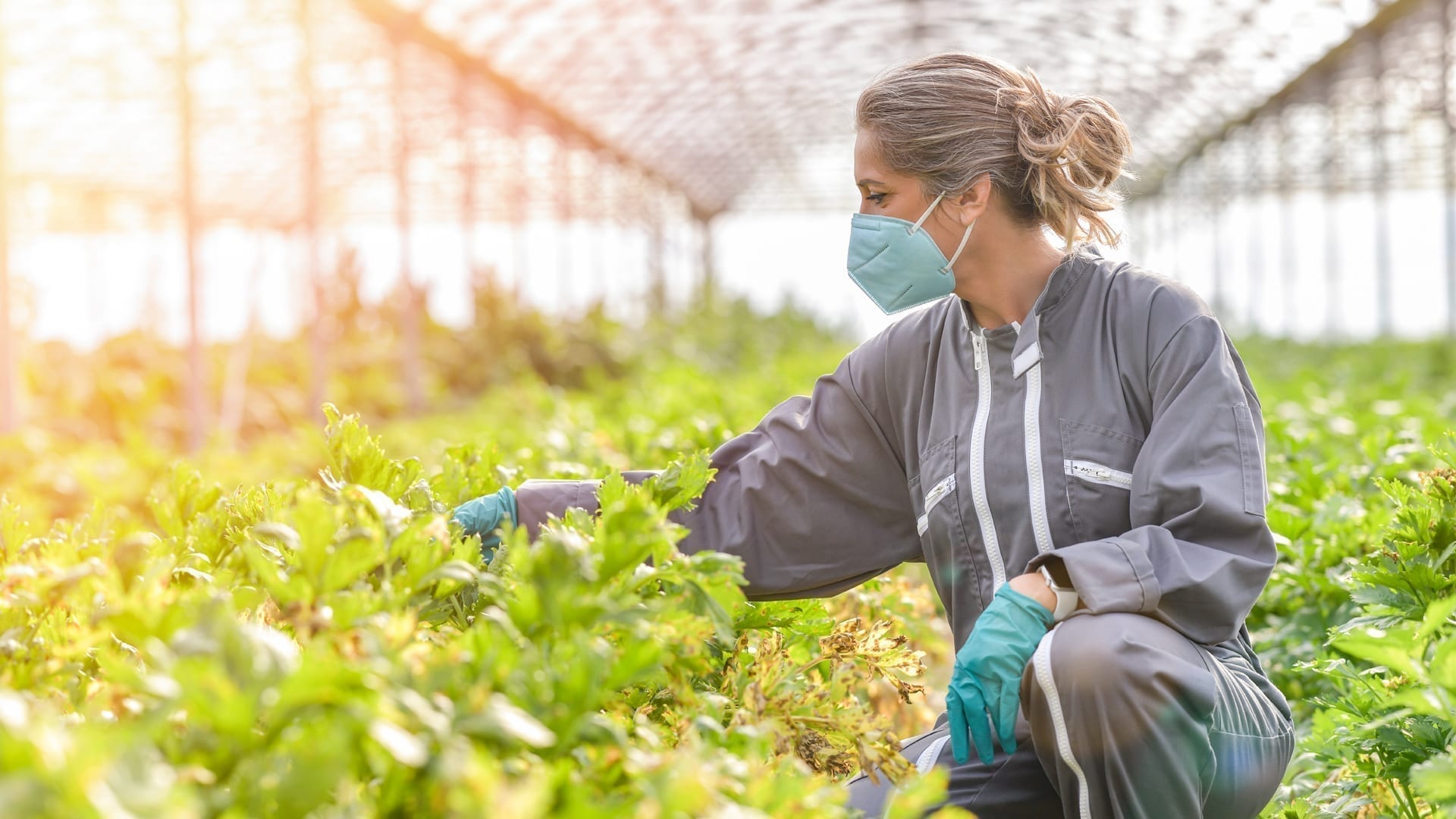Helping food and agriculture workers thrive across America is not just vital to our economy, but to bringing food to the table. This workforce is at a critical juncture now, with food and ag employees struggling with a high level of burnout during the pandemic. As we put the pieces back together, how can employers better communicate with workers to guarantee optimal results for their health, their business, and for all the Americans who depend on them?

To help answer this question, Ketchum’s New Essentials workplace study identified key truths with potential implications for companies in the food, agriculture and ingredient industry. We dug deep into the data from both frontline and non-frontline workers, including food processors and farm workers (though not restaurant workers, who were covered in a different part of the study). Here are a few things that stand out for us in the food world.
Food and Ag Employees Are Loyal to the Cause
Food industry employees are more committed to their jobs than Americans in other industries. Among workers in the food and ag space, 78% are less likely to leave their current job than they were before the pandemic, compared to 70% of American workers overall. And this loyalty isn’t unique to employees’ organizations, it spans across the industry. Only 21% of employees have reconsidered working in food and ag because of the pandemic, versus 40% of American workers overall.
Burnout Is a Pervasive Issue
While many food and ag workers indicate they aren’t looking to change jobs, many are feeling burnt out at work — and unfortunately, this burnout has continued to grow through the pandemic. Two in five (39%) food and ag employees feel more burnt out in their job in early 2021 than at the beginning of the pandemic. The top leading causes of burnout among food and ag employees include uncertainty around when things will return to normal (45%), their job (44%, versus 30% of American workers overall) and not being able to see friends/family in person (39%, versus 27% of American workers overall).
Pay and Recognition Are Top Priorities
Many food and ag employees count their careers (66%), and the prospect of being promoted (41%), as more important to them post-COVID (though less so compared to their peers in other industries). Fortunately, nearly half (45%) feel more appreciated by their employers now compared to the beginning of the pandemic. So what do they need to stay engaged? For starters, a wage increase is important to 58% of this group, compared to 45% of employed Americans overall. But even beyond this, companies should continue to consider how they can recognize employees to help solve for the burnout challenges across the industry workforce.
Rebuilding Connections Is Critical to the Next Chapter
Some silver linings are emerging from the pandemic — half (52%) of food and ag employees say they have become more resilient because of the pandemic. But while resiliency has grown, an empathy gap has emerged among employees within the space: Only 45% say they feel more empathetic toward their colleagues, compared to 64% of employed Americans overall. Yet we’re also seeing signals of interest in rebuilding these relationships, with nearly two-thirds (64%) of food and ag employees saying a sense of connection to immediate coworkers has become more important to them because of the pandemic.
Given these insights, here are a few suggestions communicators should consider for creating new and improved employee experiences:
- Fight burnout by leveraging the resiliency and loyalty of food and ag employees with creative ways to connect team members to help them feel appreciated. Trust, appreciation and recognition provide a solid base to build on.
- Hybrid working models are here to stay. Companies that are first to define their new parameters will help strengthen loyalty and commitment to their business needs and cultures.
- Companies will need to help employees connect with each other to help maintain employee culture communities.
- Leadership communications that are human, transparent and empathetic will be vital to connecting and engaging employees.
Want to visit about this changing landscape and what you can do to keep up with your team members’ expectations? We’d love to talk.



